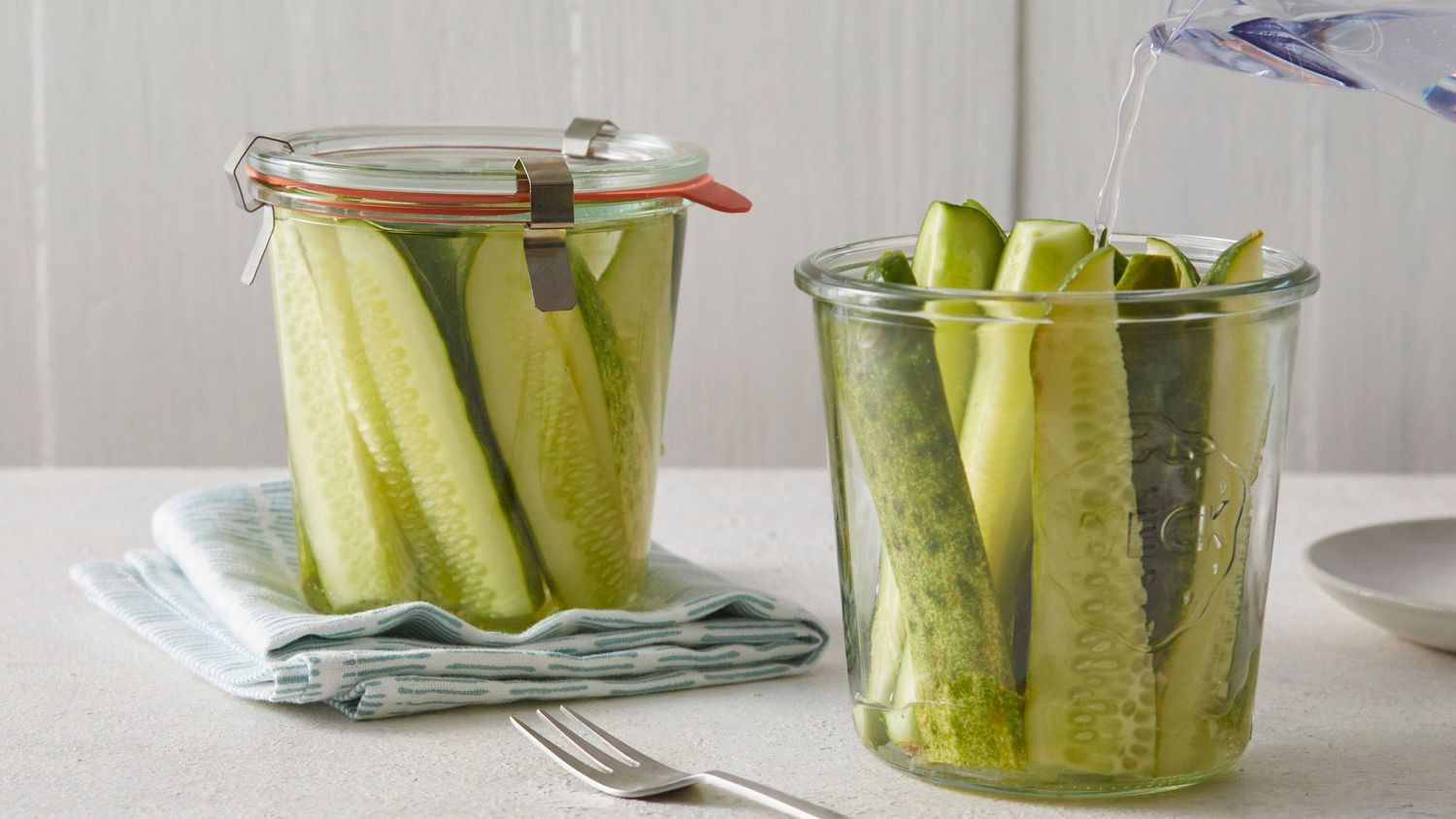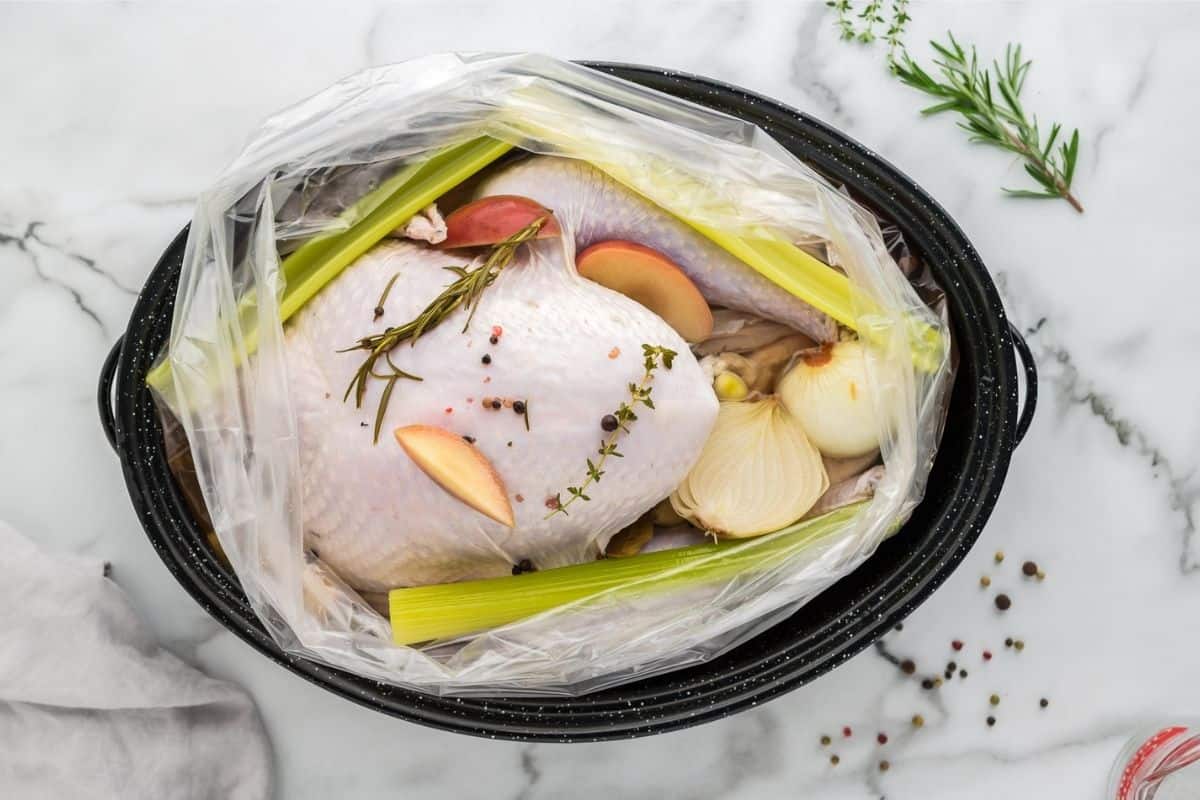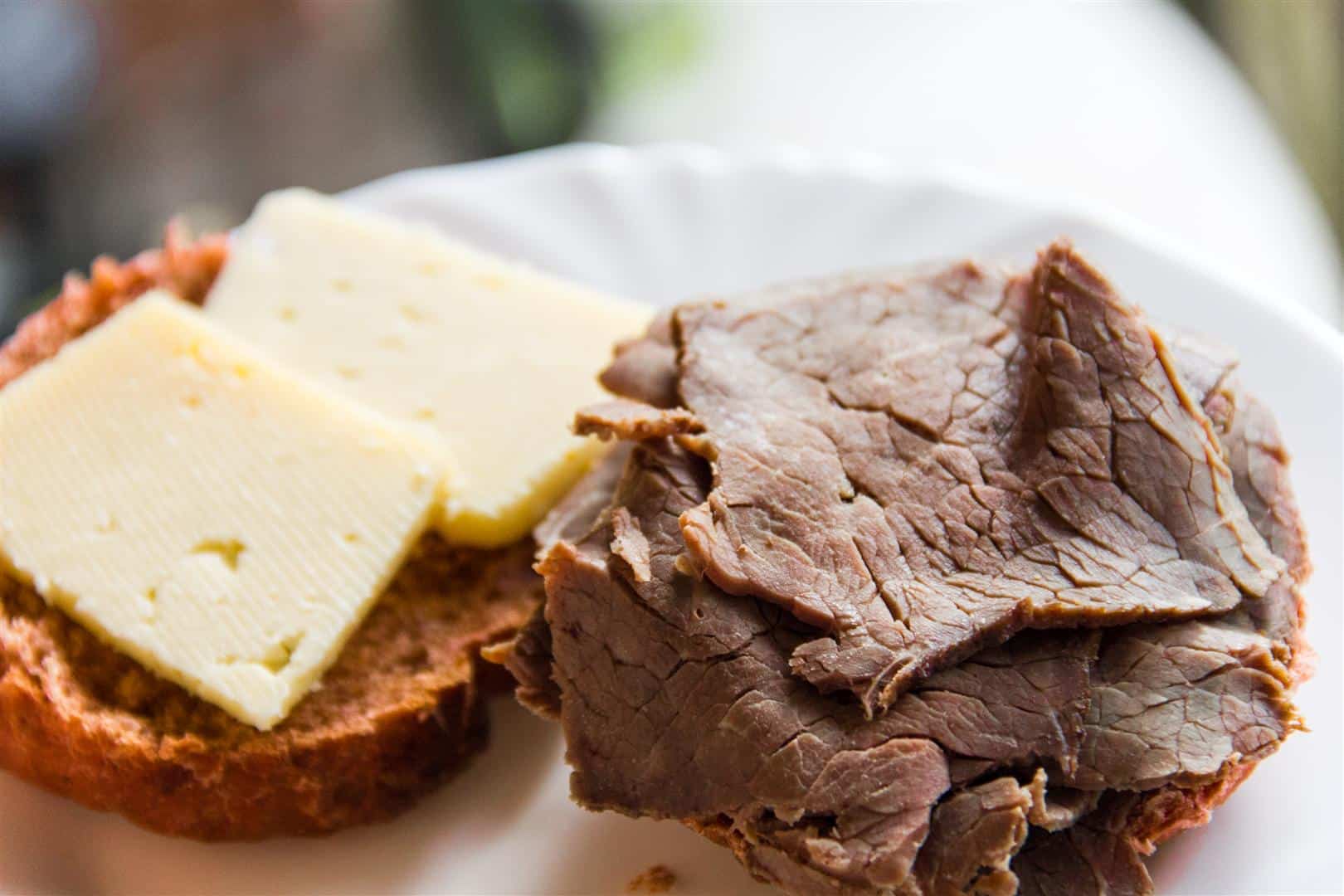Brining Eggplant: A Delicious and Simple Technique
If you’re a fan of eggplant, you may already be familiar with the challenges of cooking with this versatile vegetable. Its spongy texture and tendency to soak up oil can make it difficult to achieve the perfect balance of flavors and textures. However, there’s a simple solution that can transform your eggplant dishes: brining. Brining eggplant is an easy and effective way to enhance its flavor, texture, and overall cooking experience.
What is Brining?
Brining is a technique that involves soaking food in a saltwater solution, which helps to season and tenderize it. While brining is commonly associated with meats, it can also be used to great effect with vegetables, including eggplant. The process of brining eggplant involves submerging the sliced or cubed eggplant in a saltwater solution for a period of time, allowing the salt to penetrate the flesh and draw out any bitterness and excess moisture.
Why Brine Eggplant?
Brining eggplant serves several purposes that can greatly improve the quality of your dishes:
- Reduces Bitterness: Eggplant can sometimes have a bitter taste, which can be off-putting to some. Brining helps to draw out the bitter compounds, resulting in a milder and more enjoyable flavor.
- Improves Texture: By removing excess moisture from the eggplant, brining can help prevent it from becoming mushy when cooked, resulting in a firmer and more pleasing texture.
- Enhances Flavor Absorption: Brining allows the eggplant to absorb flavors more readily, making it a perfect canvas for marinades, seasonings, and sauces.
How to Brine Eggplant
Brining eggplant is a straightforward process that requires just a few simple steps:
- Prepare the Eggplant: Wash the eggplant and cut it into the desired shape, such as slices or cubes.
- Make the Brine: In a large bowl, dissolve salt in water to create a brine solution. The general ratio is 1 tablespoon of salt per 1 cup of water.
- Submerge the Eggplant: Place the eggplant pieces in the brine, ensuring that they are fully submerged. You can weigh them down with a plate to keep them under the surface if needed.
- Brine for the Appropriate Time: The brining time can vary depending on the size of the eggplant pieces. Generally, smaller pieces may need 15-30 minutes, while larger pieces may require up to an hour.
- Rinse and Pat Dry: After brining, remove the eggplant from the brine and rinse it thoroughly under cold water to remove excess salt. Pat the eggplant dry with paper towels before using it in your recipe.
Recipes for Brined Eggplant
Once you’ve brined your eggplant, there are countless ways to incorporate it into delicious dishes. Whether you grill, roast, sauté, or bake it, the brined eggplant will be a flavorful and satisfying addition to your meals. Here are a few recipe ideas to get you started:
- Brined Eggplant Parmesan: Use brined eggplant slices in a classic eggplant parmesan for a tender and flavorful twist on this beloved dish.
- Grilled Brined Eggplant: Marinate brined eggplant in olive oil, garlic, and herbs, then grill it to perfection for a simple and delicious side dish.
- Brined Eggplant Pasta: Toss brined and roasted eggplant cubes with pasta, tomatoes, and fresh basil for a satisfying and flavorful pasta dish.
By incorporating brining into your eggplant cooking routine, you can elevate the flavor and texture of this versatile vegetable and open up a world of culinary possibilities. Whether you’re a seasoned chef or a novice cook, brining eggplant is a simple yet impactful technique that can take your dishes to the next level. Try it out and experience the difference for yourself!
Was this page helpful?
Read Next: How To Brine Chicken Breast For Smoking











